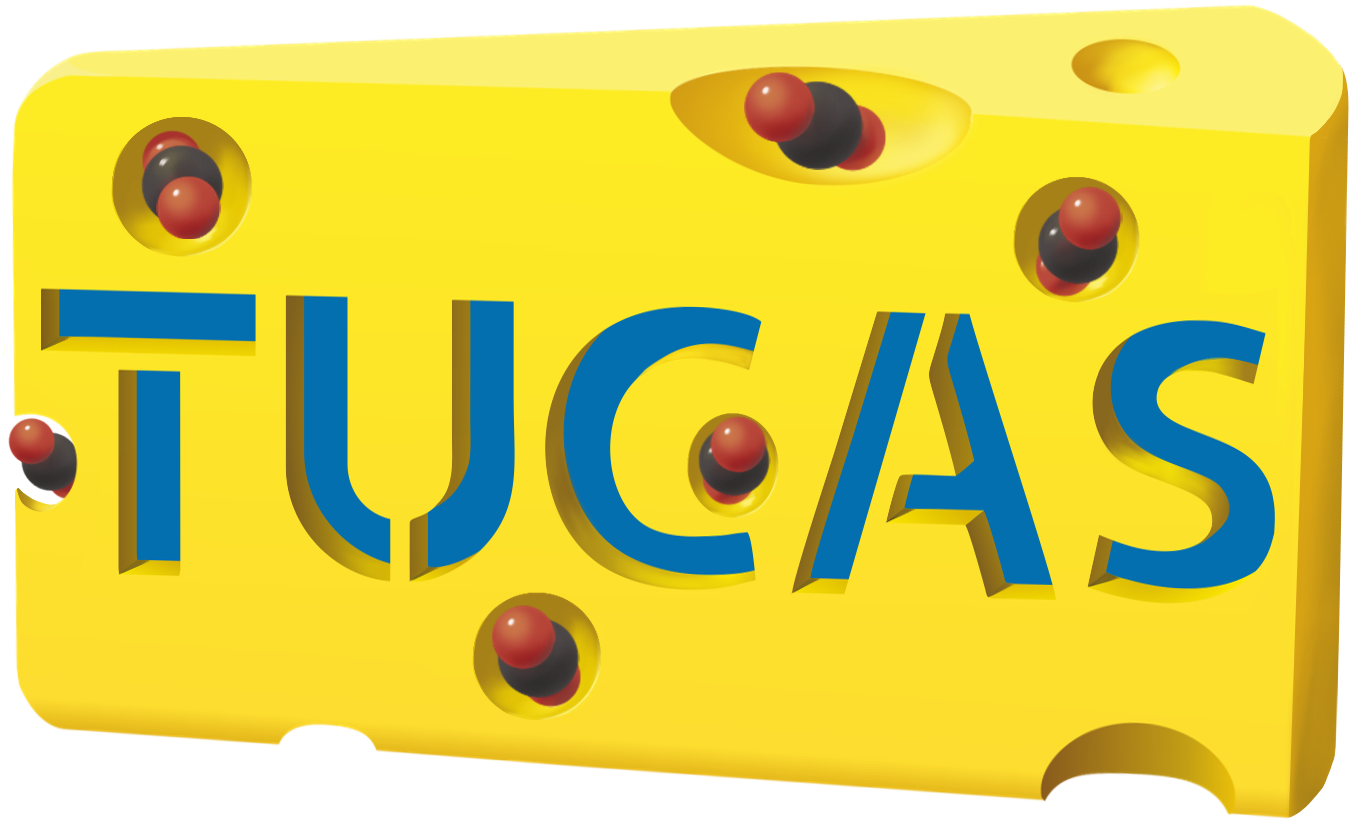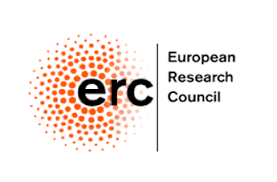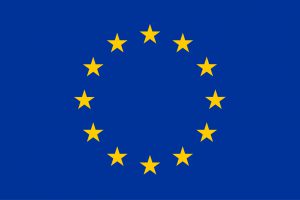Welcome to AG Rameshan
Home of TUCAS
The ERC project TUCAS started in 2017 and was initially part of our research group „Electrocatalysis at Surfaces“ at the Institute of Materials Chemistry at the Vienna University of Technology. In October 2022, we moved to Leoben, where we are now a part of the Chair for Physical Chemistry at the Montanuniversity Leoben. Specifically, TUCAS deals with perovskite materials, their surfaces, and ways to influence their properties (like stability and activity) by various measures: doping, pre-treatment (in different atmospheres), polarisation, exsolution of nanoparticles…
These perovskite materials are especially interesting, as they show great potential in processes relating to renewable energy production and chemical energy storage.
In 2022, TUCAS+CO2 was approved by the ERC (as Proof of Concept Grant). This extension of our fundamental research project TUCAS aims to extend the results towards industrial applications.
June 2025
David Zwigl, who did the practical work for his “vorwissenschaftliche Arbeit (VWA)” with us in 2024, was presented with an award for said excellent VWA by the Austrian Chemical Society (GÖCH) and the Fachverband der Chemischen Industrie Östereichs (FCIO).
Congratulations!!!
May 2025
Tobi leaves for a two-month scientific stay in Thailand. We wish you save travels and an exciting adventure ahead!
TUCAS Fact of the ... 404—Time range not found
Here, we will regularly present funny and/or interesting facts – on occasion maybe even a dad-joke-y quote (not to name names but probably by Florenz).
TUCAS Fact #35:
2025 is most likely the last “square year” (452) for many of us. To live to see the next one (462, which is 2116), children born this year would have to reach their 91st birthday. On this note, happy New Year!



